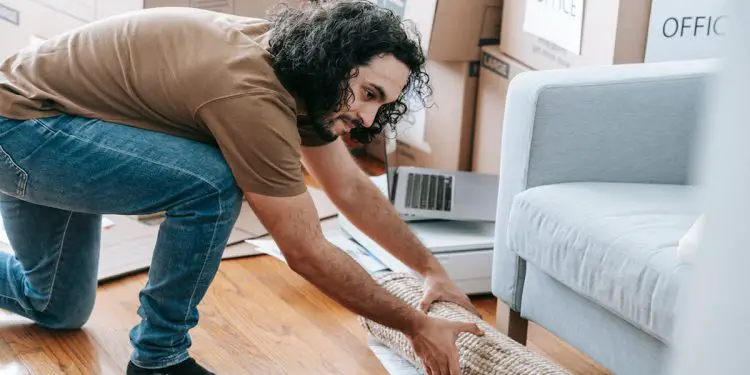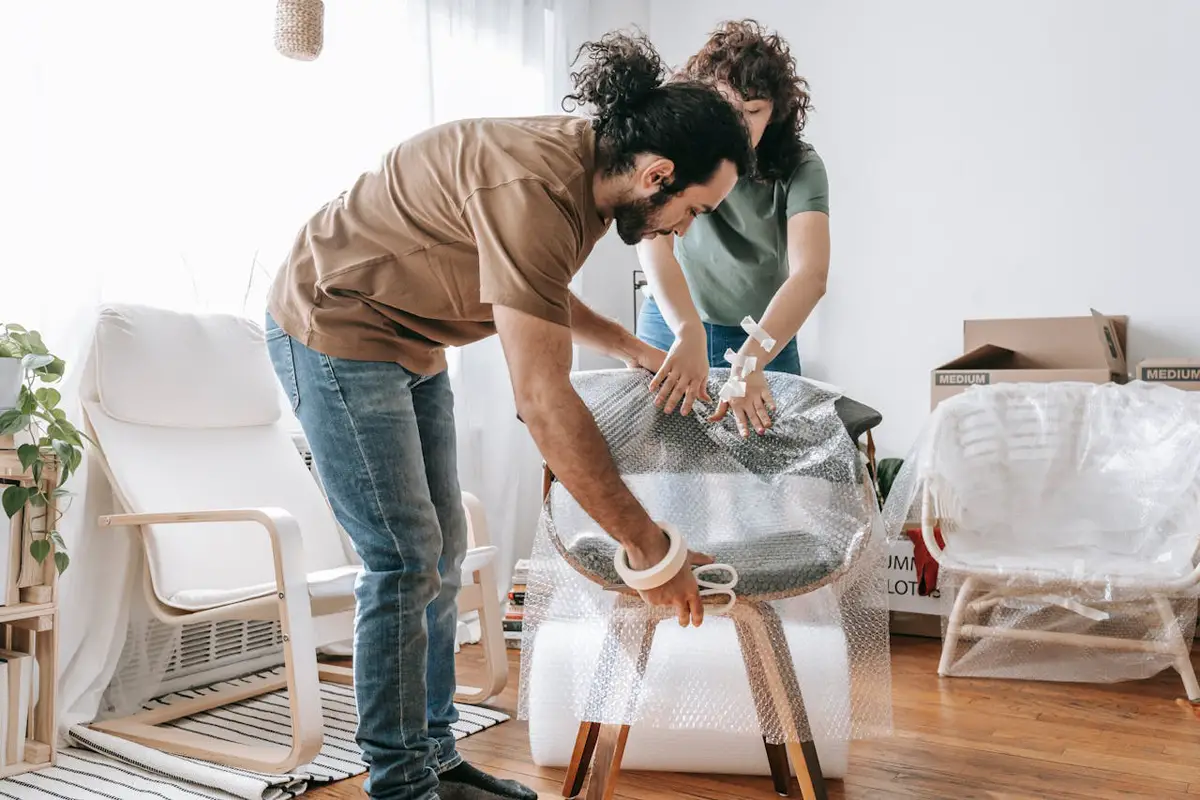Small Space, Big Freedom: Downsizing Without Sacrificing What Matters

If you’re thinking about downsizing, you’re not alone. Whether it’s kids flying the nest, a shift to remote work, or just a personal craving for simplicity, more people are choosing to live with less. But “less” doesn’t have to mean loss. In fact, when done right, downsizing can offer more space to breathe, more time for what you love, and more clarity about what really matters. The trick is figuring out how to let go—without letting go of everything.
That’s where a little outside help can go a long way. Services like HOLD Storage offer a smart middle path: you can pare down your living space without permanently parting with the things you’re not quite ready to say goodbye to. Because let’s face it—downsizing isn’t just about square footage. It’s about designing a life that fits.
Why We Downsize (And Why It’s Not Always Easy)
Downsizing is often pitched as a cure-all: you’ll save money, reduce clutter, and finally have time for yoga. And while those benefits are real, the process is rarely as breezy as it sounds.
Downsizing often comes with some kind of life transition. Maybe you’re retiring. Maybe your kids are off to uni. Maybe you’ve moved from a detached home to a city flat with half the storage. Each of these scenarios comes with emotional layers that can make it hard to decide what stays, what goes, and what still holds meaning.
Add to that the reality that not everything we own is just “stuff.” Some things carry stories. Others are functional but seasonal (hello, snow gear and holiday decorations). And then there’s the everyday overflow—books, furniture, tools—that just doesn’t fit but still serves a purpose.
The Case for Keeping—On Your Terms
Here’s a not-so-radical idea: you don’t have to get rid of everything you can’t fit in your new space. You just have to get smarter about what stays with you and what gets stored.
Self-storage offers a safety net that many people overlook. Instead of making irreversible decisions under pressure, you can set aside the things you’re unsure about. It’s a buffer—both emotionally and practically—that lets you ease into a downsized lifestyle without fear of regret.
Some examples:
● Sentimental heirlooms that you don’t want to display but can’t bear to toss.
● Outdoor gear or tools that won’t fit in a city flat but still get regular use.
● Furniture that may be perfect for a future home, even if your current one is more compact.
● Business or tax records you’re required to keep but don’t need on hand.
By using storage as a tool—not a dumping ground—you can downsize with intention rather than panic.
What Does “Essential” Really Mean?
One of the best parts of downsizing is how it forces you to rethink your definition of “essential.” It’s a word that gets thrown around a lot in the minimalism conversation, but its meaning is personal. For some, essentials are purely functional—your bed, your laptop, your kitchenware. For others, essentials include keepsakes, creative supplies, or anything that makes life feel fuller.
When you’re reducing your living footprint, the question shifts from “What should I get rid of?” to “What do I want to build my life around?” That’s where clarity starts to kick in.
Here are a few reflection prompts to help:
● Does this item serve my current lifestyle?
● Would I miss it if it disappeared tomorrow?
● Is it worth paying a small fee to store until I decide?
● Am I keeping this out of guilt or out of joy?
The answers don’t have to be black and white. But asking the right questions turns decluttering into a thoughtful process—not a frenzied purge.
Downsizing Without Compromising Lifestyle
One of the biggest myths about downsizing is that it means giving up your lifestyle. In reality, downsizing can support your lifestyle—if you do it right.
Let’s say you love hosting, but your new space doesn’t have room for that 10-person dining table. Rather than sell it for pennies or let it gather dust, you can store it and rotate it back in when the season or space calls for it.
Or maybe you’re downsizing now but plan to upsize again in a few years. Keeping your higher-quality pieces in storage can save you time, money, and energy down the line.
The same goes for hobbies and projects. Just because you’re short on square footage doesn’t mean you have to give up painting, DIY crafts, or skiing. If it brings you joy—even if it’s occasional—make room for it. Even if that “room” is a smartly packed storage unit.
Practical Tips for Using Self-Storage While Downsizing
If you’re considering storage during your downsize, a little planning goes a long way. Here are some simple, no-stress tips to make it work:
1. Label everything like you’ll forget it (because you will)
Get specific. “Winter clothes” is vague. “Kids’ ski gear, age 10-12” is helpful.
2. Store by use, not by room
Organize by categories: seasonal items, sentimental items, future furniture, work-related items. This makes retrieval easier.
3. Use transparent bins or keep a digital inventory
This helps when you need to quickly grab something without tearing through ten boxes.
4. Go climate-controlled when it matters
Books, electronics, vintage clothing, and paperwork do better in storage units that manage humidity and temperature.
5. Reassess every six months
Make a calendar reminder to check in on what you’re storing. You might find that you’re ready to part with more—or rotate some items back into your life.
Downsizing as a Lifestyle Upgrade, Not a Downgrade
When done thoughtfully, downsizing isn’t about shrinking your life. It’s about expanding your freedom. Less space can mean lower bills, easier upkeep, and more mental clarity. And when you pair it with well-used storage, it means keeping the best parts of your past while opening doors to your future.
It’s also worth noting that self-storage isn’t just a stopgap. It can be part of a long-term lifestyle strategy. People who live in smaller homes by choice—like tiny homeowners or urban dwellers—often rely on storage to keep their lives functional and flexible. It’s a way to live lightly without losing access to the tools and treasures that make life richer.
Final Thoughts: Make Room for What Matters Most
If you’re standing in the middle of your living room, wondering how you’re going to fit a lifetime of memories into a much smaller footprint, take a breath. Downsizing doesn’t have to be a brutal edit. It can be a slow curation. And with the right mindset—and maybe a reliable storage partner—you don’t have to give up the things that matter. You just have to give them a new kind of space.
In the end, it’s not about what you’re letting go of. It’s about what you’re making space for: freedom, simplicity, and a little more peace of mind.










